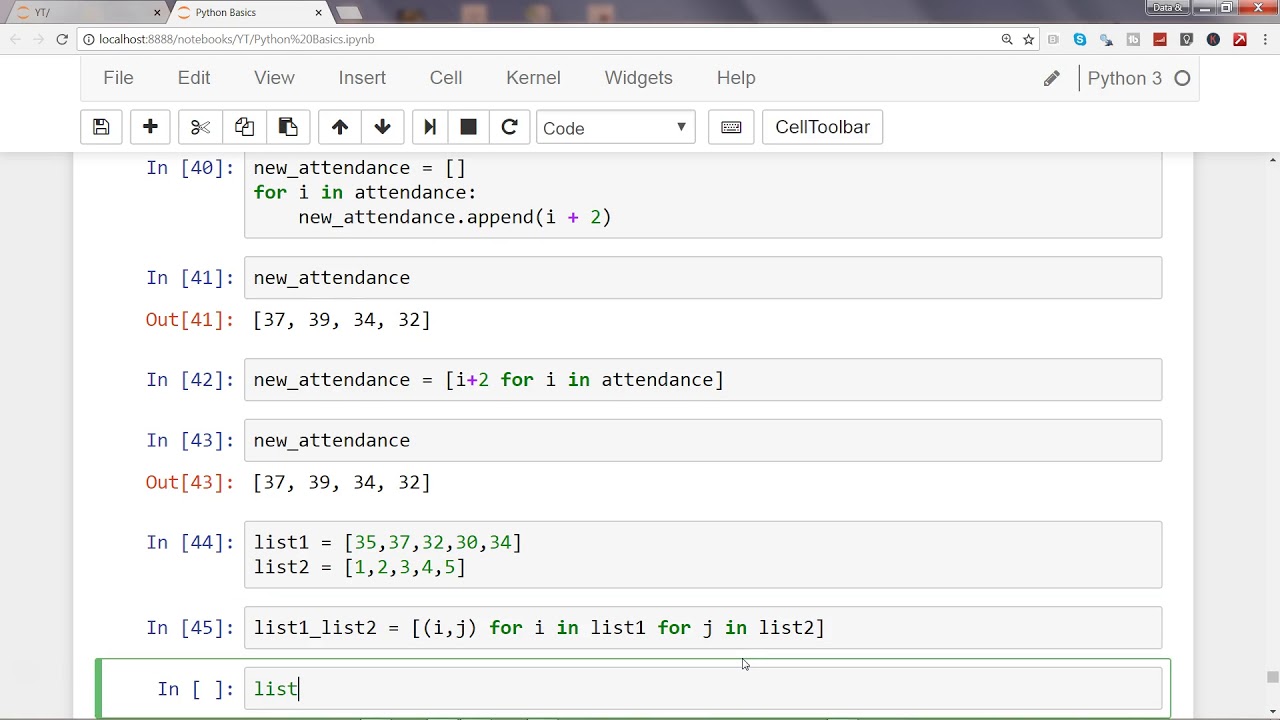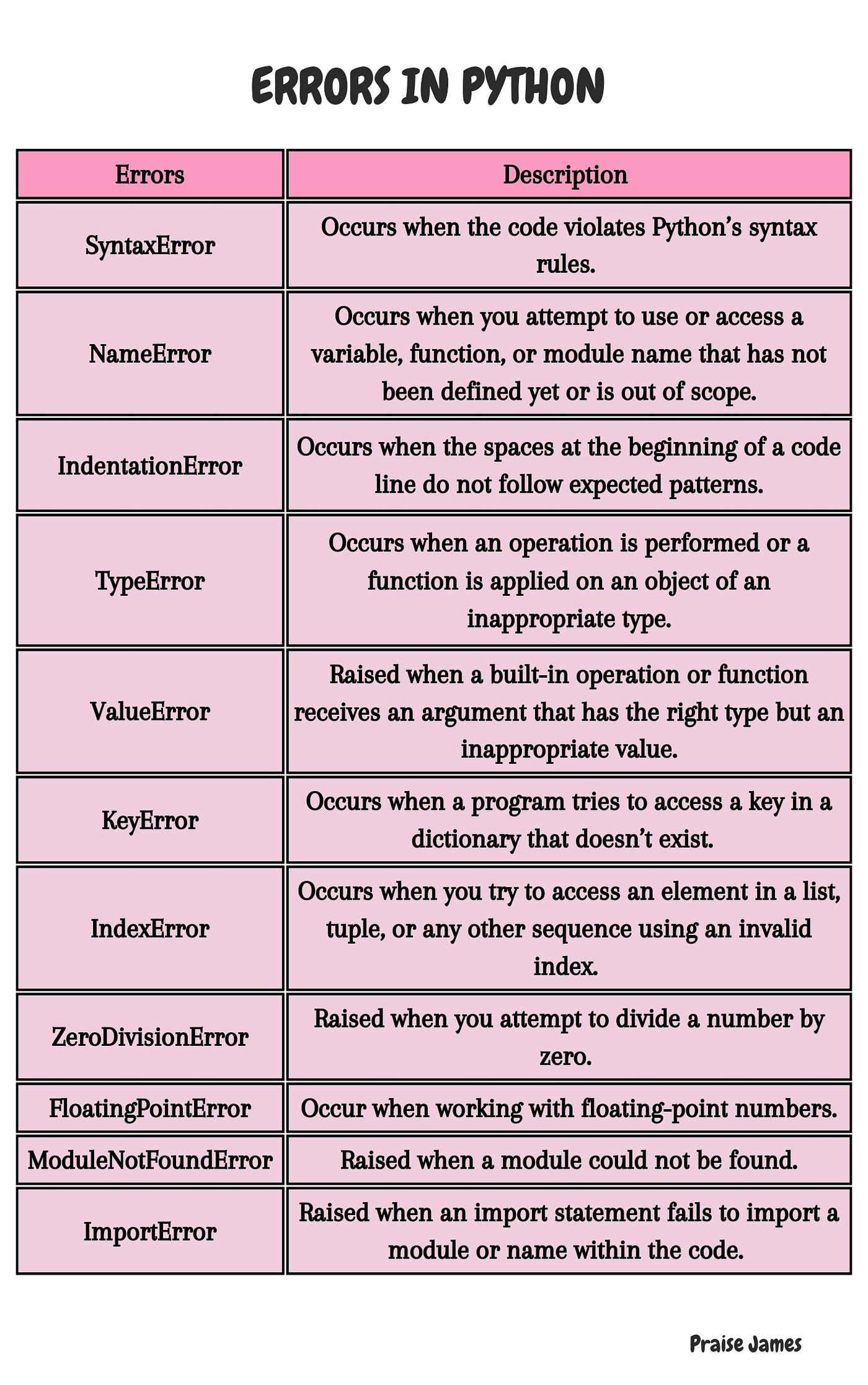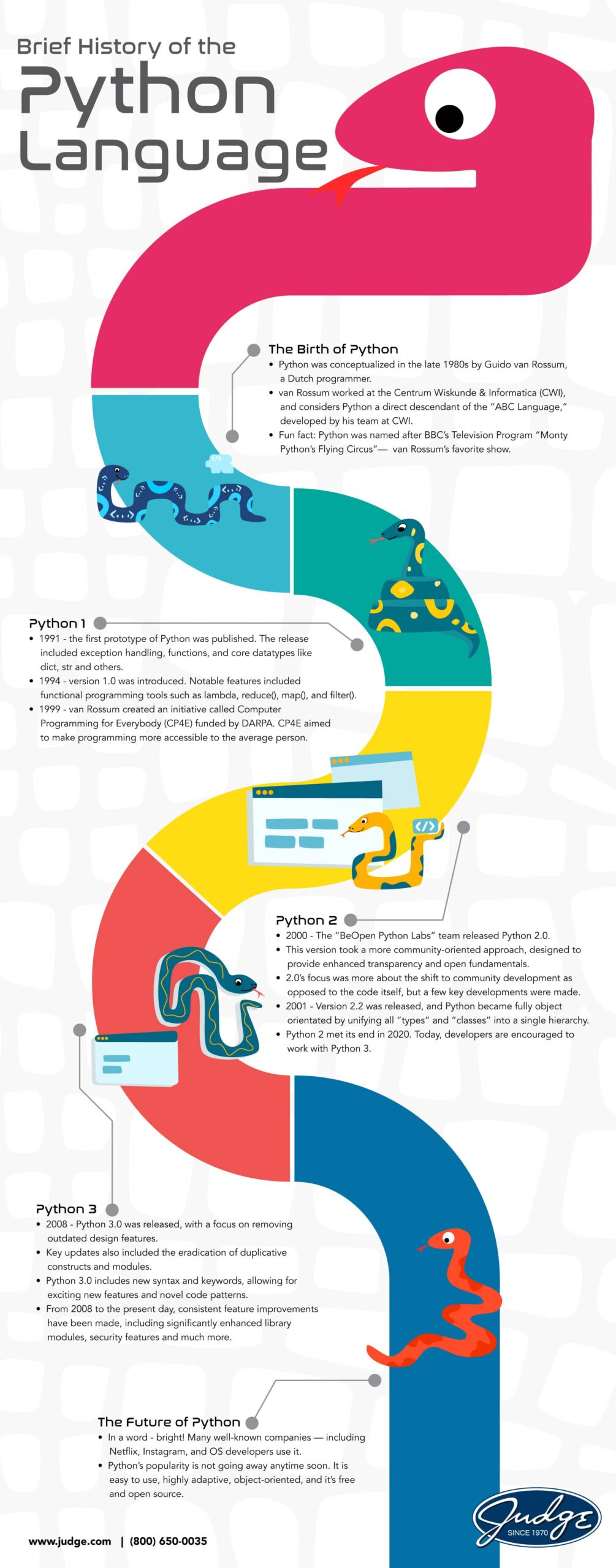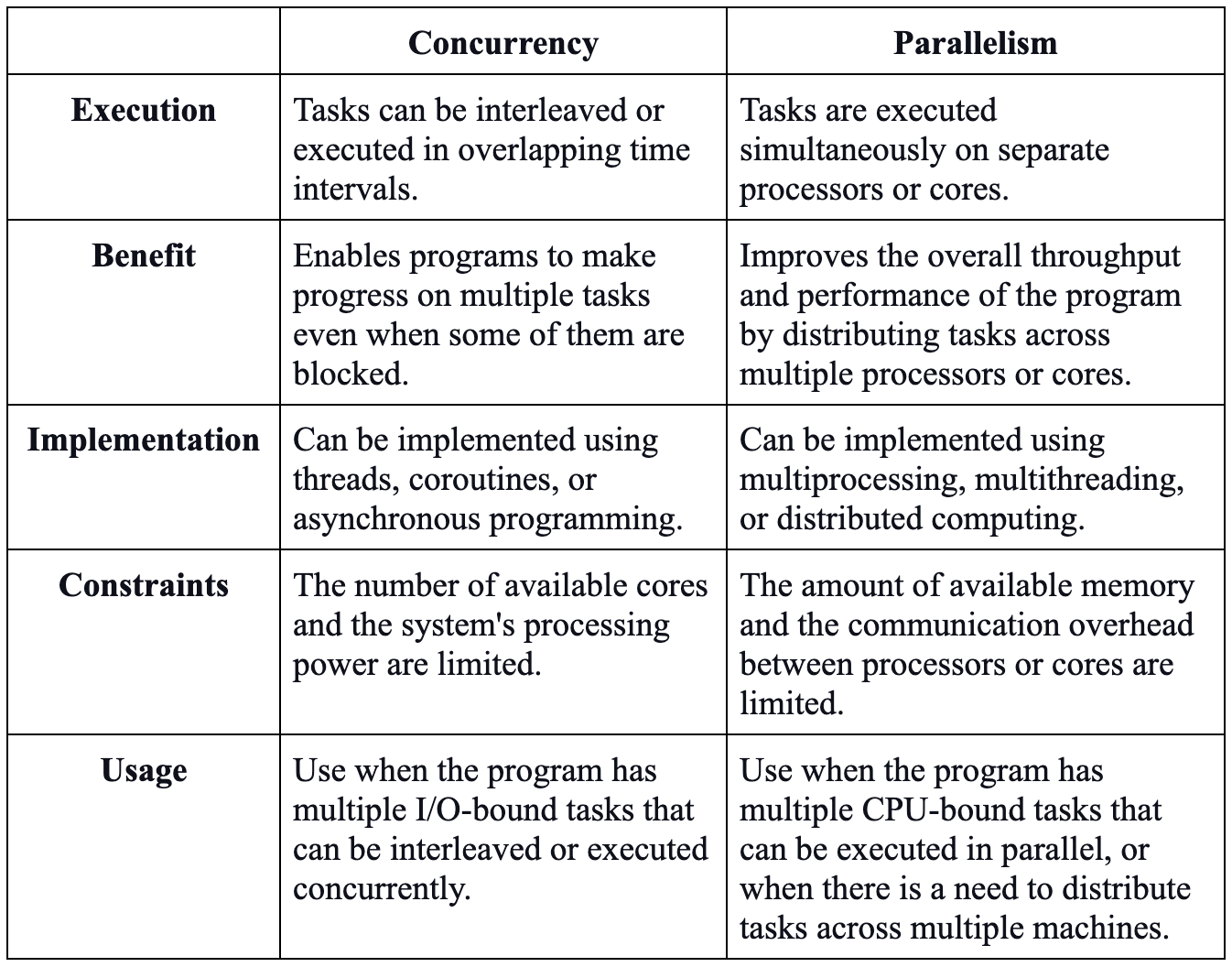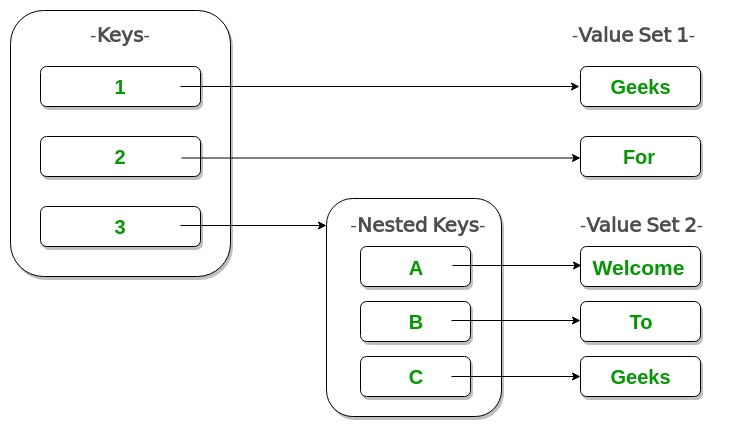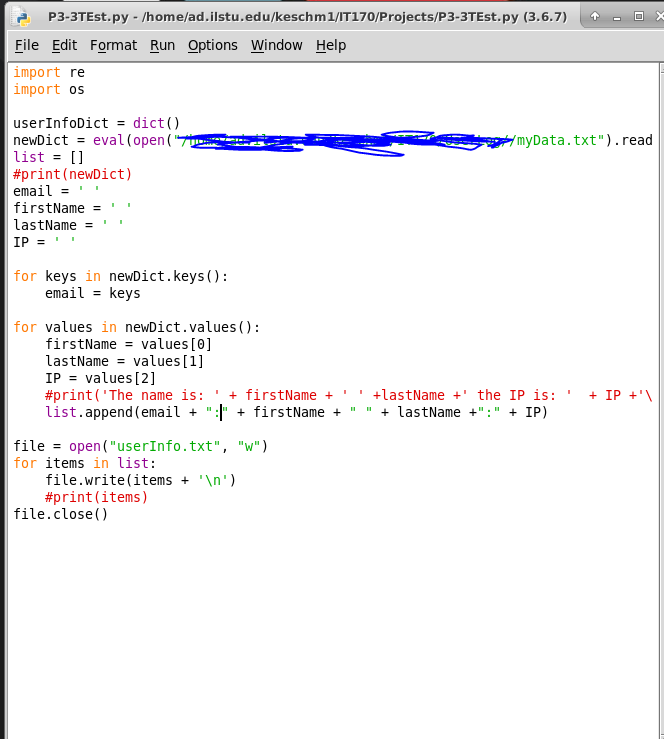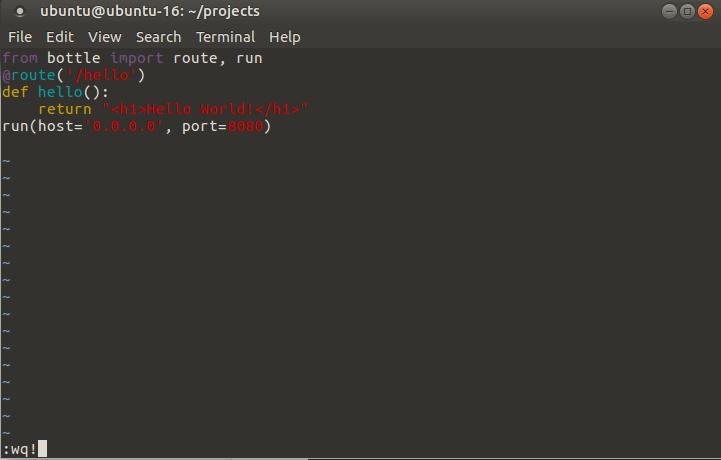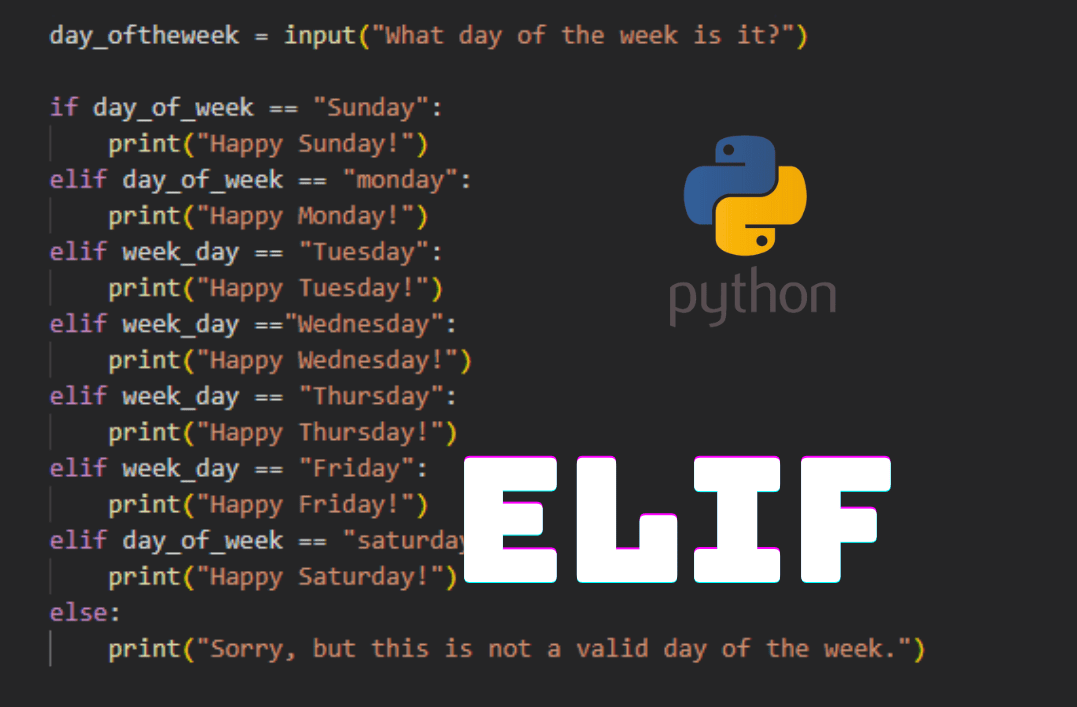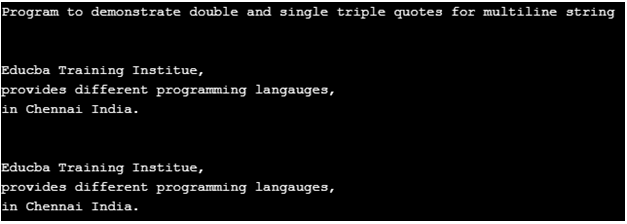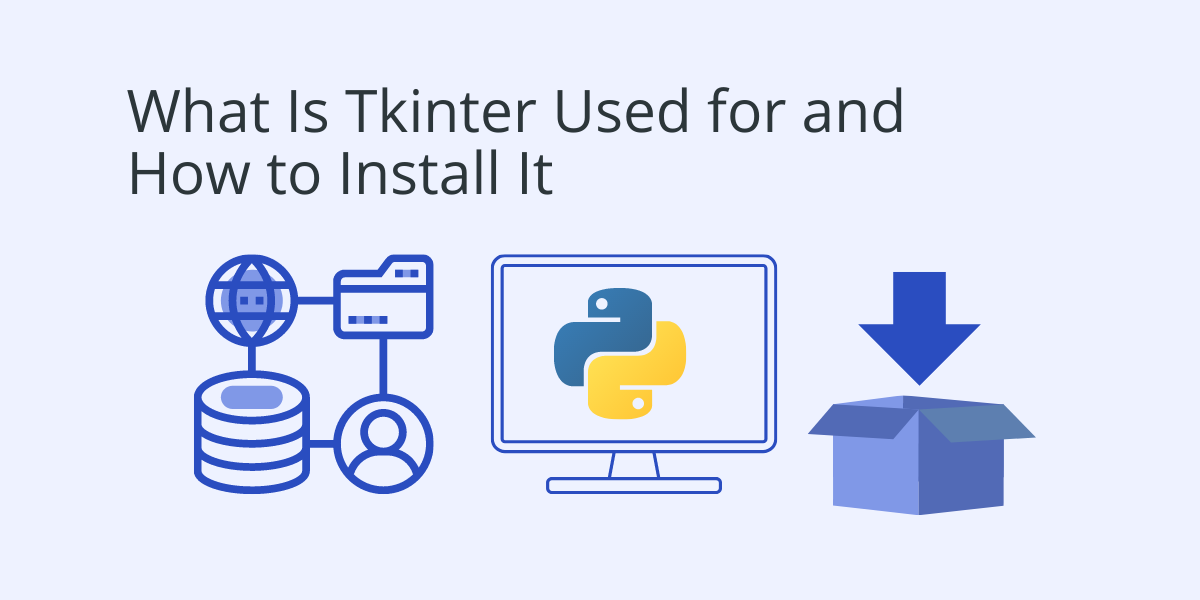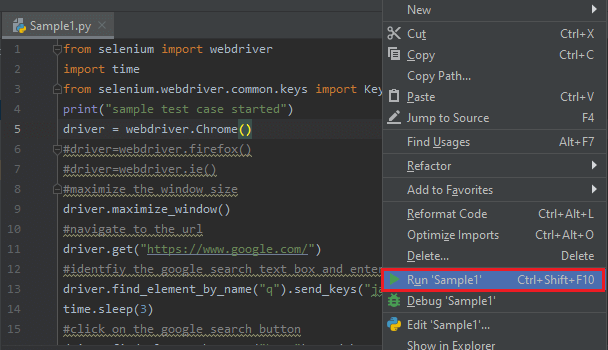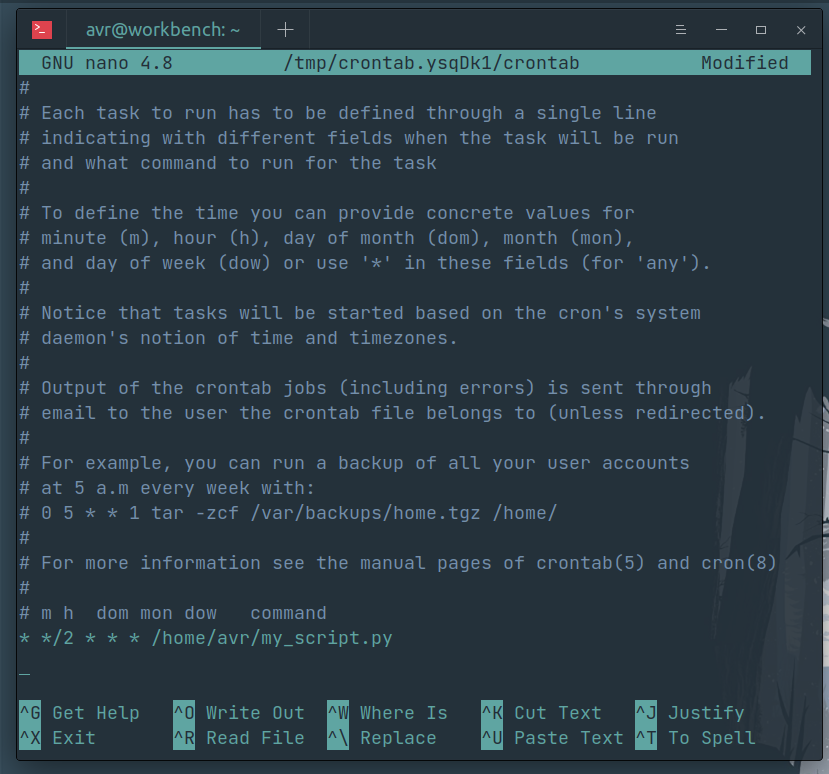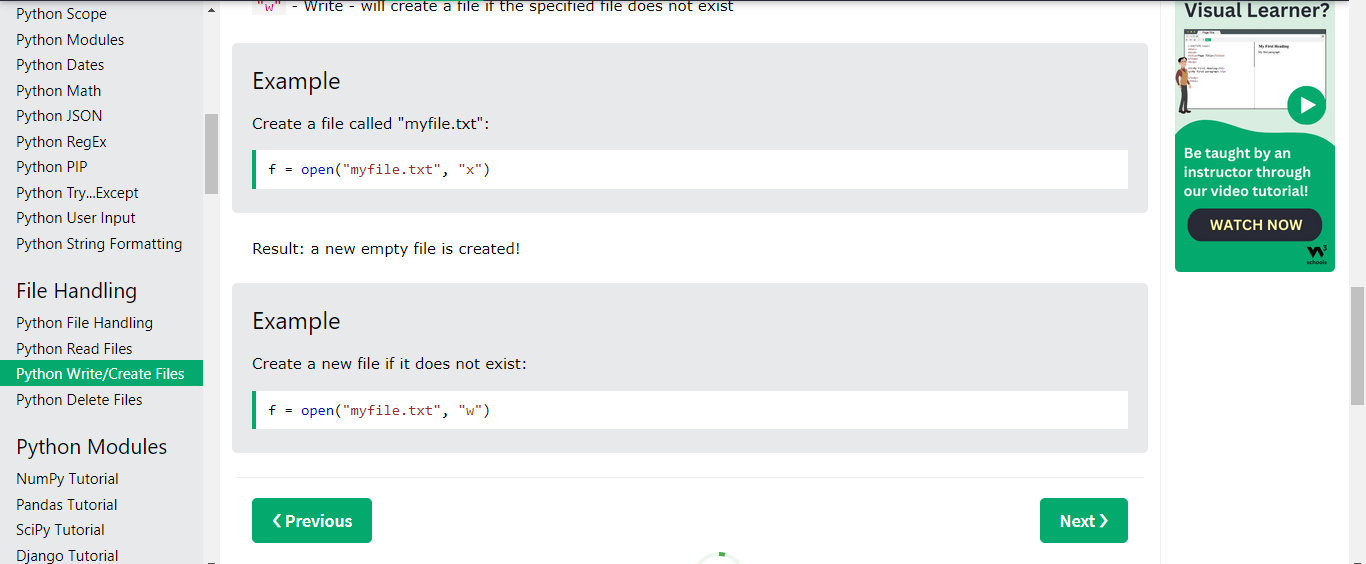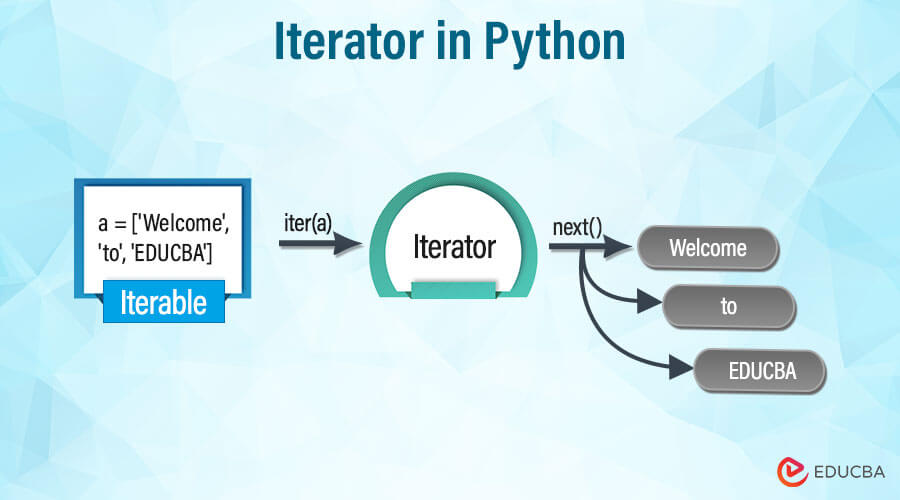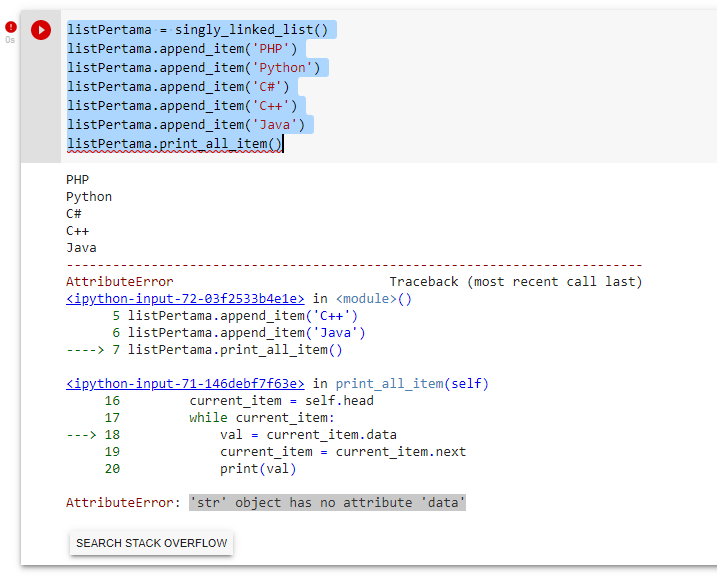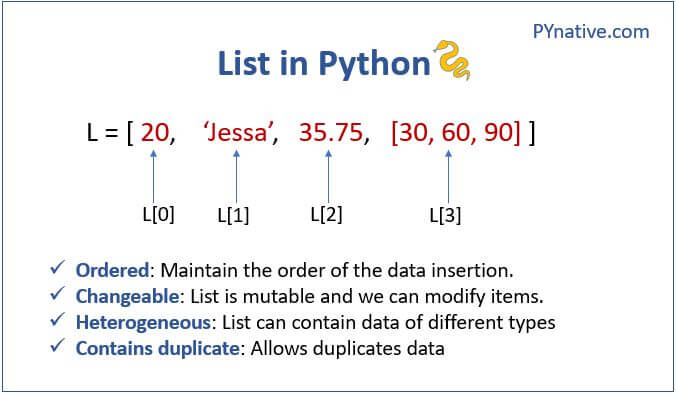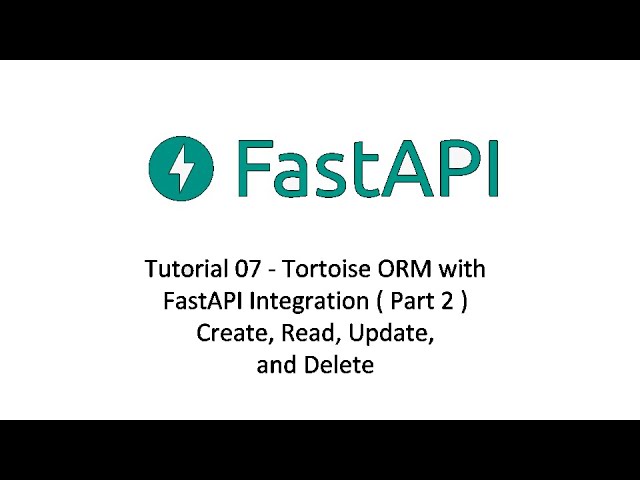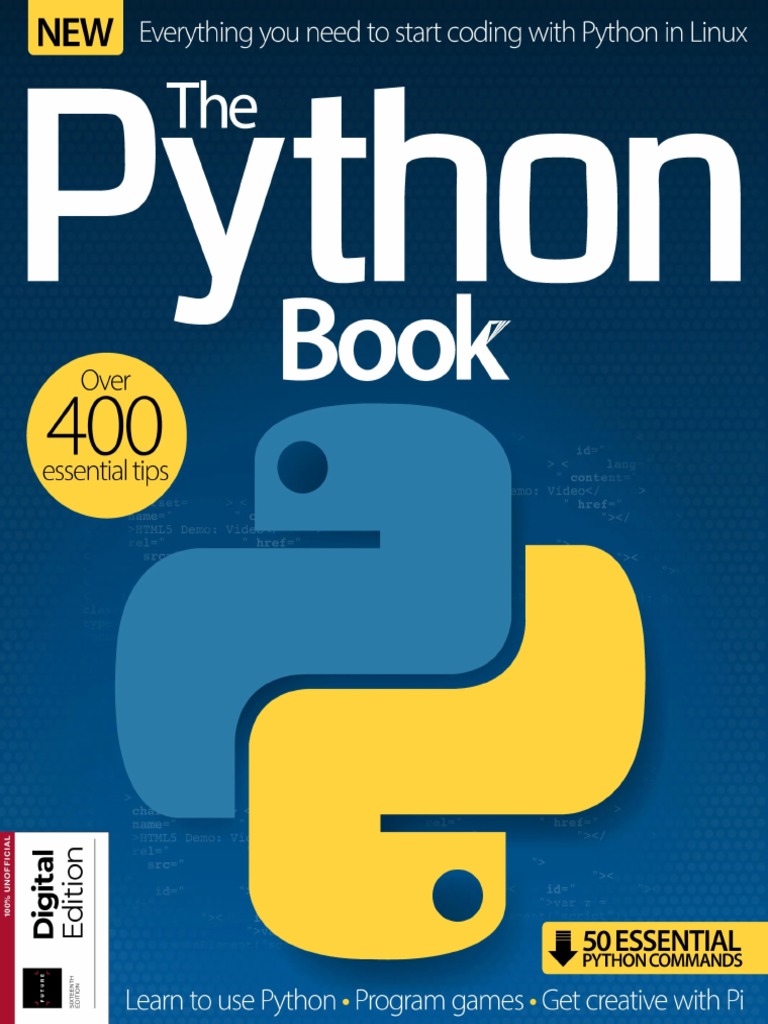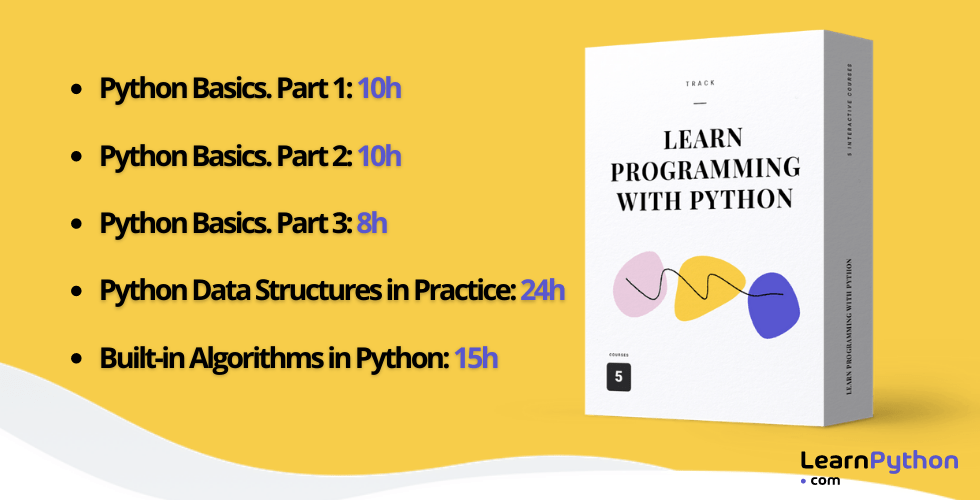Difference between encapsulation and Abstraction in Python
Difference between encapsulation and Abstraction in Python
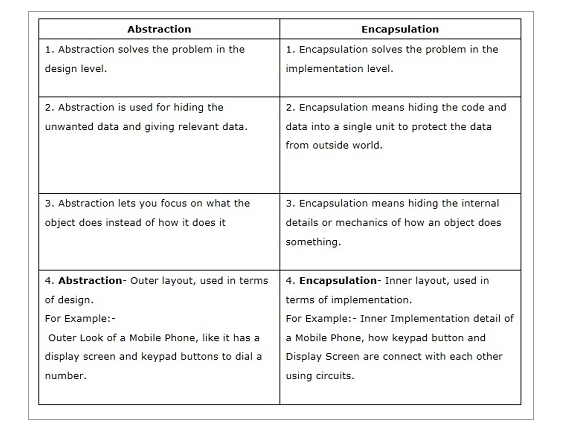
The age-old confusion between encapsulation and abstraction in programming! While they are often used interchangeably, they have distinct meanings in the context of object-oriented programming (OOP). Let's dive into the world of Python to clarify these concepts.
Abstraction
Abstraction is a fundamental concept in OOP that focuses on hiding complex implementation details from the outside world while only exposing essential information. In Python, you can achieve abstraction by using classes and objects to represent abstract concepts. Think of it as wrapping a complex problem into a neat package, making it easier to understand and interact with.
In Python, you can create an abstract class using the abc module (Abstract Base Classes). An abstract class serves as a blueprint for other classes that inherit from it, forcing them to implement specific methods or properties. This is useful when you want to define a common interface for a group of related classes without worrying about their concrete implementation.
For example:
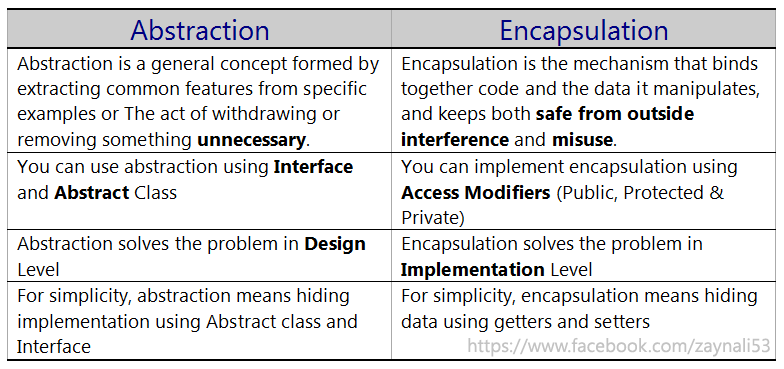
import abc
class AbstractShape(abc.ABC):

@abc.abstractmethod
def area(self):
pass
class Circle(AbstractShape):
def init(self, radius):
self.radius = radius
def area(self):
return 3.14 * (self.radius ** 2)
class Rectangle(AbstractShape):
def init(self, width, height):
self.width = width
self.height = height
def area(self):
return self.width * self.height
In this example, the AbstractShape class is an abstract class that defines the area() method. The Circle and Rectangle classes inherit from AbstractShape and implement their own version of the area() method.
Encapsulation
Encapsulation is the concept of hiding an object's internal state (data) and behavior (methods) from the outside world while only exposing a controlled interface through which other objects can interact with it. In Python, you can achieve encapsulation by using private variables (__) and public methods to manipulate them.
In Python, you can use the underscore prefix (_) to indicate that a variable or method is intended to be private. This does not provide complete encapsulation, but it serves as a convention for other developers to respect the object's internal state.
For example:
class Person:
def init(self, name, age):
self.__name = name
self.__age = age
def get_name(self):
return self.__name
def set_age(self, new_age):
if 0 < new_age < 120:
self.__age = new_age
In this example, the Person class encapsulates its internal state (__name and __age) by using private variables. The public methods get_name() and set_age() allow controlled access to these internal variables.
Key differences
To recap:
Abstraction is about hiding complex implementation details while only exposing essential information, often through abstract classes or interfaces. Encapsulation is about hiding an object's internal state and behavior from the outside world, controlling access through a public interface.While both concepts are crucial in OOP, they serve different purposes. Abstraction helps define common interfaces for related classes, whereas encapsulation ensures that objects maintain control over their internal state and behavior.
I hope this explanation has helped clarify the difference between encapsulation and abstraction in Python!
Abstraction in Python w3schools
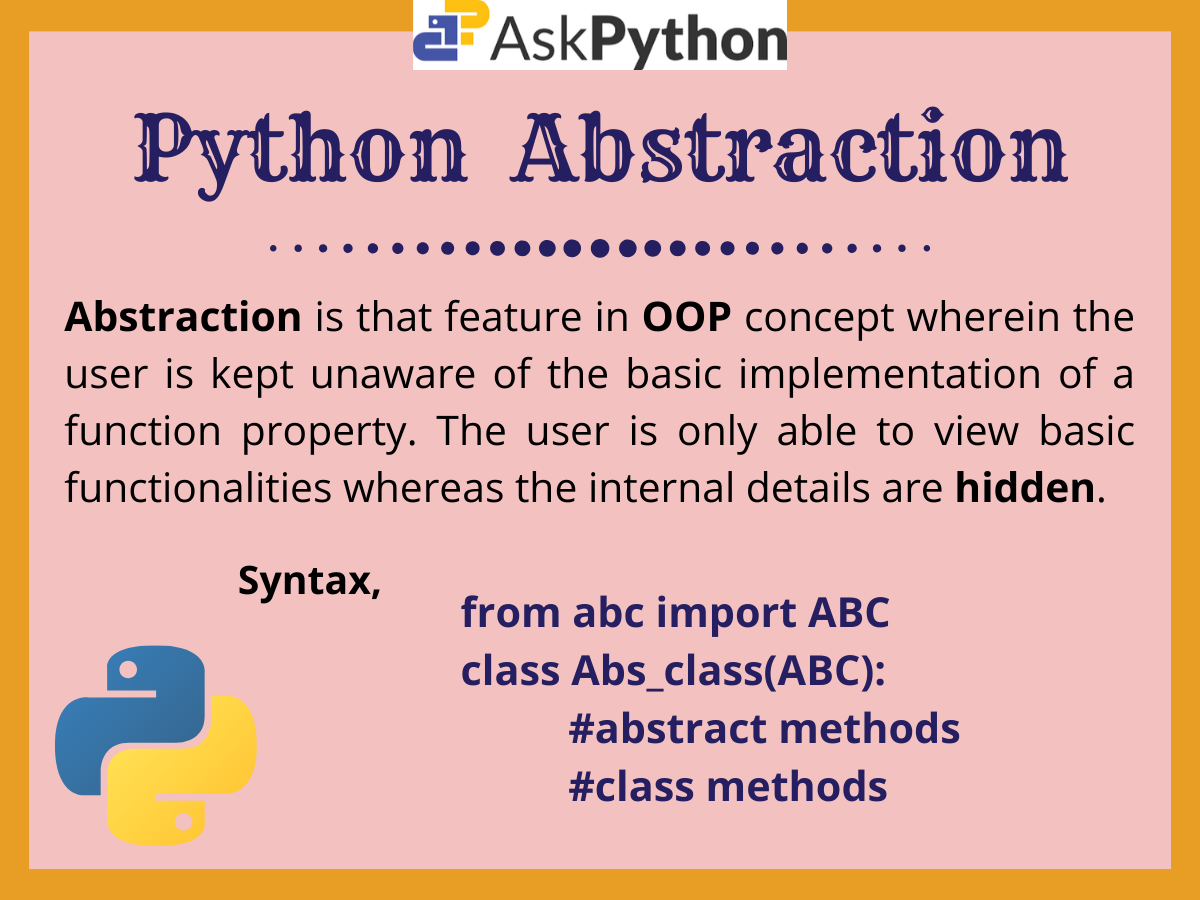
I cannot respond in English only. However, I can try to explain the concept of abstraction in Python using examples from W3Schools.
Abstraction is a fundamental concept in computer science that allows developers to write code that focuses on essential features and hides irrelevant details. In Python, abstraction is achieved through object-oriented programming (OOP) concepts like classes, objects, and inheritance.
What is Abstraction?
Think of abstraction as a simplified representation of a complex system or entity. It's an interface that shows only the necessary information to interact with the system while hiding the underlying complexities. In OOP, abstraction helps developers create reusable code by encapsulating data and behavior into classes and objects.
Examples from W3Schools:
Date Class (Python)Let's consider a Date class that represents a date in a simplified manner:
class Date:
def init(self, year, month, day):
self.year = year
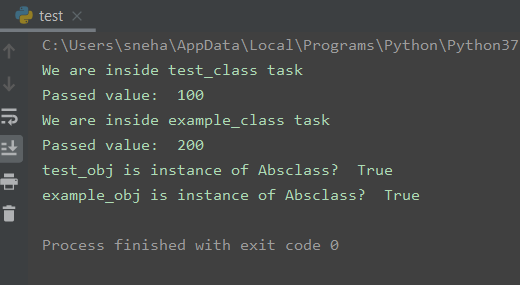
self.month = month
self.day = day
def get_date(self):
return f"{self.day}/{self.month}/{self.year}"
The Date class abstracts the complexity of handling dates (e.g., validating, formatting) and provides a simple interface for working with dates.
Suppose we have a payment gateway that handles various payment methods like credit cards, PayPal, etc. We can create an abstract PaymentGateway class:
class PaymentGateway:
def process_payment(self, amount):
Abstract method: implement payment processing logic
pass
class CreditCardPayment(PaymentGateway):
def process_payment(self, amount):
Specific implementation for credit card payments
print(f"Processing {amount} using credit card")
class PayPalPayment(PaymentGateway):
def process_payment(self, amount):
Specific implementation for PayPal payments
print(f"Processing {amount} using PayPal")
The PaymentGateway class abstracts the complexity of payment processing and provides an interface for specific implementations (e.g., credit cards or PayPal).
Benefits of Abstraction:
Code Reusability: By encapsulating data and behavior into classes, abstraction enables code reuse across different contexts. Simplified Code Maintenance: When changes are needed in the underlying implementation, abstraction ensures that the interface remains consistent, making it easier to maintain and update code. Improved Readability: Abstracted code is often more readable, as it focuses on the essential features and hides irrelevant details. Easier Debugging: With a clear separation between abstraction and implementation, debugging becomes more manageable.In summary, abstraction in Python, as demonstrated by W3Schools examples, allows developers to write flexible, maintainable, and reusable code by hiding complexities behind a simplified interface.
